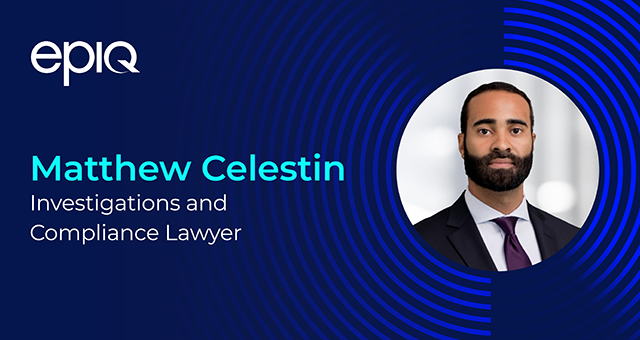

Angle
Reimagine Contract Playbooks With Generative AI: Speed Meets Arbitrage
3 mins
Discover how legal operations leaders are using Gen AI to build smarter contract playbooks faster and cheaper. Learn how resource arbitrage is transforming CLM and reducing reliance on costly legal talent.
Read MoreEnhance Copilot Readiness With Strategic Business Function-Specific Prompt Training
3 mins





.png)




.png)
